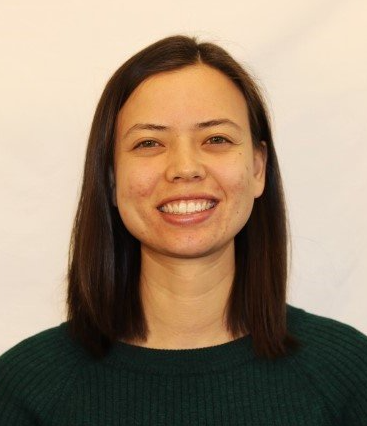Rachel Bowyer to Speak as Featured Guest for Nantucket Maria Mitchell Association’s Science Speaker Series
Update: Due to unforeseen circumstances, we are rescheduling the Wednesday, March 24 Winter Science Speaker Series talk. The new date will be Wednesday, March 31 at 7pm. The registration link for the event remains unchanged.
On March 31st at 7pm, the Nantucket Maria Mitchell Association (MMA) is hosting a live lecture entitled, “Hidden Patterns in Galaxy Motions: What They Can Tell Us About the Universe” presented by former MMA National Science Foundation Research Experience for Undergraduates (NSF-REU) intern, Rachel Bowyer. This talk is part of our FREE Winter Science Speaker Series and will be held via Zoom.
Galaxies move at hundreds of miles per second through space, yet they are so far away, that they appear stationary to us on Earth. However, recent advancements in observing techniques have made it possible to observe the motion of hundreds of thousands of galaxies all across the sky. These observations are revealing complex, streaming and swirling patterns in galaxy motions that are rich in information about our universe’s formation and evolution. Specifically, these motions can tell us about the formation of structure in the universe and about primordial gravitational waves. In this talk, Bowyer will discuss the emerging field of “real-time cosmology” and how patterns in galaxy motions can be used to study the early universe.
Bowyer is an Astrophysics graduate student working towards her Ph.D. at the University of Colorado, Boulder. She researches cosmology and the early universe, specifically, what observed galaxy motions can tell us about gravitational waves and the formation of structure in the universe. Recently, Bowyer was awarded the prestigious Chambliss Astronomy Achievement Award for the presentation of her work at the American Astronomical Society meeting. Bowyer began her research career at the Maria Mitchell Observatory in the summer of 2017. At the MMO, she worked on a project to map the dark matter structure in galaxy clusters using the effects of gravitational lensing. Aside from research, Bowyer enjoys undergraduate teaching and is interested in using the principles of Universal Design to develop accessible curriculum. Bowyer is committed to mentoring young scientists, and frequently serves as a mentor to women and minority undergraduates.
To register for this event, please follow the link below:
https://zoom.us/webinar/register/WN_cy3o0mxkTAmSw59qVtmSCA
This is the last lecture in our Winter Science Speaker Series. Please visit our YouTube channel to watch the previous speakers and stay tuned for our Summer Speaker Series beginning in June.
https://youtube.com/playlist?list=PLnsCpmupLX6juHyeaVGydunBH6R58j8hS
This series is organized by the Maria Mitchell Association, a private non-profit organization. Founded in 1902, the MMA works to preserve the legacy of Nantucket native astronomer, naturalist, librarian, and educator, Maria Mitchell. The Maria Mitchell Association operates two observatories, a natural science museum, an aquarium, a research center, and preserves the historic birthplace of Maria Mitchell. A wide variety of science and history-related programming is offered throughout the year for people of all ages.
For Immediate Release
March 24, 2021
Contact: Kelly Bernatzky, MMA Development Associate
Recent Posts





